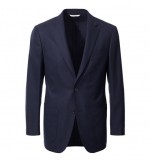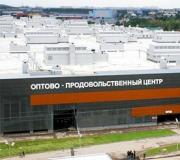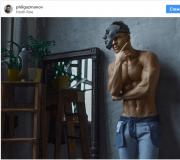What is Business casual
At first glance, with his relaxation, combination of various things and disdain for deliberate neatness and polish, he has nothing to do with strict office style. However, a special movement within this style has long been formed, which is called business casual.
Application of business casual style
This style symbolizes liberation from the strict rules of the office dress code. It appeared as an alternative to business suits. In many, even the most strict, corporations, on Fridays the bosses give their employees some slack and allow them to exchange their tired suit trousers or skirts for comfortable jeans. This style marks the onset of the weekend and a long-awaited vacation.
Many companies, where the requirements for the appearance of employees are not so strict, have long adopted the business casual style as their everyday dress code. It does not violate the rules of decency, allows you to host even demanding partners in your office and, at the same time, gives more space for employees to express themselves and allows them to feel more comfortable.
This style is also in demand by university students, as it combines the demonstration of individuality and respect for traditions educational institution. Students from schools that have not yet introduced uniforms may also look quite appropriate in business casual clothing.
Business casual style for women
It is not difficult to guess that the basis of the business casual dress code is jeans of various shapes and colors, jackets or blazers. Despite the fact that there are no clear requirements for the style and design of jeans, you should still avoid models with torn legs, decorated with rhinestones and sequins, as well as pretentious silhouettes (for example, options with a low step line). Jacket, unlike everyday gray, black and dark blue suits, can be painted enough bright colors, you should just avoid unnatural, acidic tones.
This is not prim. This is a great opportunity to change your tight office trousers into roomy ones. Business casual is common name relaxed style for business people, tired of strict office rules, when you can look businesslike, but in clothes that do not constrain the party-goer with excessive strictness and fear of spilling red wine on an expensive tie.
Why is a dress code needed?
“Understanding the intricacies of dress codes and knowing how to choose an appropriate suit for the occasion is critical in the business world,” says Darlene Price, president of Well Said Corporation. — “The appearance of employees must comply with the company’s standards. This means, among other things, proper appearance when meeting with a client, at presentations and other events where a person represents not so much an individual, but the business of which he is a part.”
According to Price, during her 20 years in leadership positions, she common cause absence career growth a qualified employee was his or her inability to dress and appearing in the office in inappropriate suits.
“Many intelligent, educated, qualified and capable employees - both men and women - are placed in lower positions than they otherwise would be or are laid off simply because their appearance does not match the higher status to which they might otherwise qualify. "They look 'cheaper' than their professional abilities are actually worth. And although clothing does not in any way impair business qualities, the suit directly affects how the company representative is perceived by others, and therefore the likelihood of getting a certain position," says Price .
A separate problem is that most people do not understand the modern dress code. Even in something as simple as business casual.
What is business casual?
There is still no clear definition for this style. “Attire depends on several factors: the company's focus, its size, the number of employees, the number of meetings between representatives of the company and clients, the geographic region and climate, the culture of the country and the company, as well as the average age of the company's employees,” Price states.
She also explains: "Most companies define 'business casual' as 'a professional, business-like look that allows for looser, more casual elements of dress.'" A very comprehensive description.
Business casual typically includes slacks, a dress shirt, an open-collar blouse, or a polo shirt. A tie is not required, but is possible. A sports jacket is an optional addition to a suit (depending on the season). For women, skirts or dresses that reach to the knee or below are acceptable. The style allows you to wear knitted sweaters and jumpers. Shoes must cover most feet. The right choice There will be loafers or classic shoes.
Autumn – the beginning of working days
No matter how much we want it, sooner or later, summer ends and workdays begin. Polo shirts, shorts and summer jeans we are forced to leave in favor office clothes. This article is for those who do not fully belong to the corporate world, but, nevertheless, take work and their work clothing seriously. For workers in the financial and legal fields who exist under strict dress codes, this article will also be of interest, since business casual on Fridays has not been canceled.
The rise of business casual style
Business casual arose relatively recently with the growing popularity and opportunity to make good money in media / IT and various startups. Essentially this is business style, to which you can add your creativity, mood and charisma. In this article, the site will tell you how to properly maintain a balance between business suit and casual style, as well as about the basic things that business casual style must include.
1. Blazer
Essentially, you only need three blazers for the office: a navy blue one, a gray tweed one for cooler weather, and a beige cotton blazer for when the weather warms up.
The main thing is that all three elements should have high armholes, be fitted, and slightly shorter than an office jacket:
Key options:
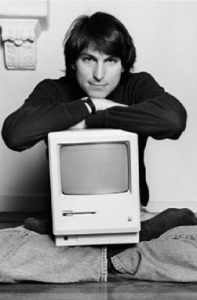
2. Pants
The ideal trousers for business casual style are chinos. We recommend without arrows, tapered, dark blue, gray, beige or brown colors. You can also use black or gray flannel pants as trousers, and you need to buy models that are sold separately from the suit. If you decide to add jeans to your business casual style, we recommend choosing dark blue ones, without scuffs or holes, tapered and slightly short, so that they look harmonious with classic shoes.
Key options:
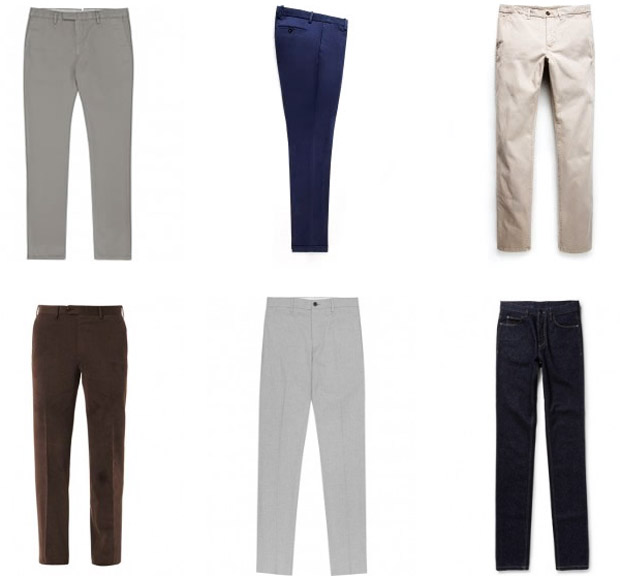
3. Sweaters
You should opt for breathable materials such as merino wool and cotton. For cold weather we recommend sheepskin and cashmere. As for the shape, they will look perfect V-neck sweaters and cardigans, they can be combined with a shirt. A turtleneck sweater will look great with a blazer.
Key options:
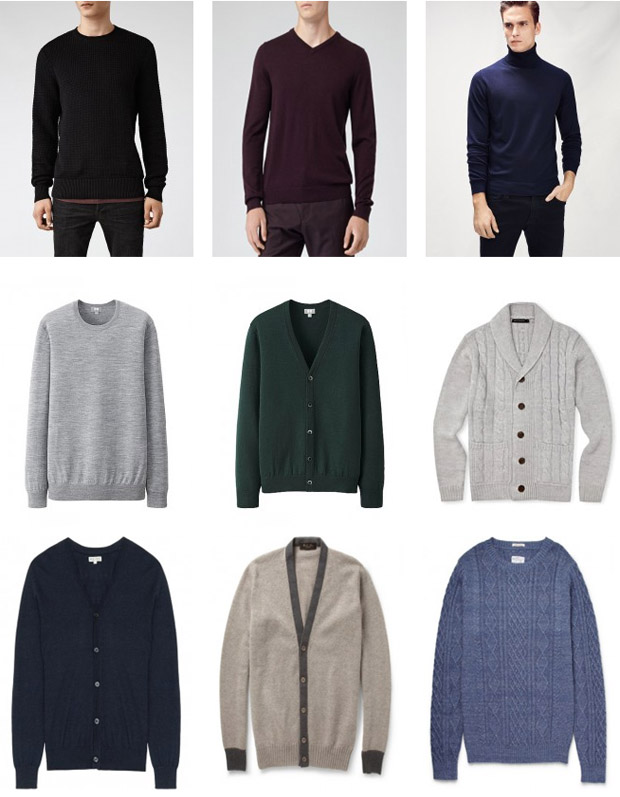
4. Shirts
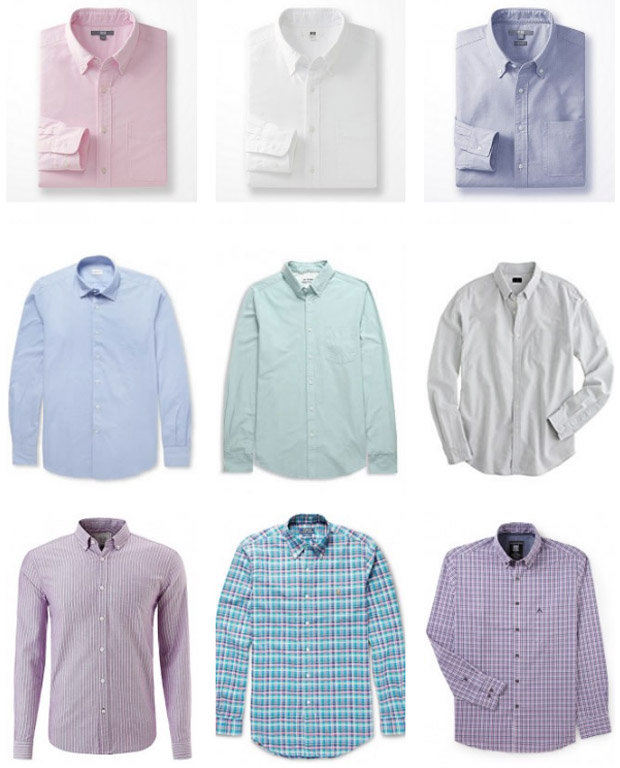
5. Ties
As a rule, in an office where the dress code is business casual, a tie is completely optional. But we still recommend wearing it on special occasions. important events: at presentations, meetings with investors, etc. A tie will complete your style and emphasize your serious and fighting spirit. If you only need one, then we recommend buying a dark blue silk, which goes perfectly with almost everything.
If you are still ready to listen to our advice and buy at least three, then we recommend the following ties: gray wool, dark blue white stripe, black/gray dotted and dark red.
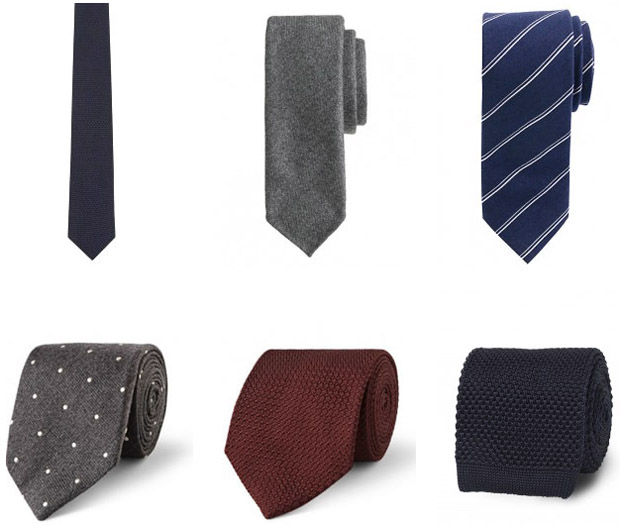
6. Shoes
Our advice is to go for everything classic: thin black derbies, brown oxfords, dark red loafers, brown brogues or high boots. You can even wear sneakers on some days, but you should choose black or brown ones, and always made of leather.
Remember that people are only as good as your shoes, especially in business, so don't skimp on them. good couple, and be sure to take good care of it.
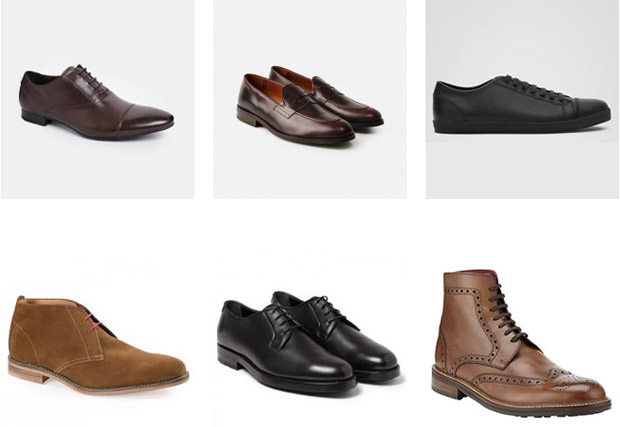
7. Accessories
We leave the decision about accessories up to you, but we advise that before adding an extravagant scarf, a bright clip for a tie or a shirt collar, evaluate your surroundings, your business partners, how they will react to it. If there is little space for creativity, then it is better to opt for a good watch.
Nowadays, for many men, the ability to dress normally, stylishly for work is still a stumbling block. Someone thinks that such nonsense is not for him: he took the first clean set he came across from the closet and went ahead - the main thing is that it is warm and comfortable. The other one seems not averse to working on his own style, but is too lazy to dig through the Internet and analyze information. For others, the idea that they can look better doesn’t even occur to them. But if a person has nevertheless matured enough to somehow begin to change in better side in respect of appearance, That style casual for men becomes a lifesaver - a kind of base, based on which you can create an unlimited number of options for clothing sets in which you won’t be ashamed to go to work.
Origin
 The style became a kind of escape from the shackles of formal office wear in the early 90s, when long-haired guys in khakis and jeans became millionaires in Silicon Valley. Then global corporations were forced to relax the internal dress code in their companies in order to cooperate with the new rich Americans. It is at this moment that the trend begins its history.
The style became a kind of escape from the shackles of formal office wear in the early 90s, when long-haired guys in khakis and jeans became millionaires in Silicon Valley. Then global corporations were forced to relax the internal dress code in their companies in order to cooperate with the new rich Americans. It is at this moment that the trend begins its history.
Etymology
If we look at the translation English word casual, we will see that the main meaning is “everyday”, “casual”. A fairly accurate description. This is especially clearly visible in comparison with formal, strict clothing.
![]()
However, we can call any everyday street clothes, and in this sense, this translation does not give us an exhaustive description. Additional keyword(we'll talk about the differences below) is “neat”, or neat, neat, elegant. It is these two concepts together that give us the most precise definition.
Differences
The difference between a formal business dress code and a casual one is fairly easy to see. If formal wear requires formal suit blue, gray or black colors, a white or blue shirt, a discreet tie and conservative shoes, then the style discussed in this article implies a set of jeans and a jacket,
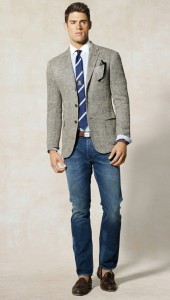
As for the differences between casual and smart casual, everything here is also quite simple. Smart, or business casual, is a little stricter, which is expressed in the presence of a tie, a preference for safer colors in the ensemble, and the absence of other liberties on jeans. Some people still separate smart and business, but the boundary between them is so vague that we will not pay attention to it.
Signs
So, casual style for men - main attributes:
Let's go from bottom to top. Shoes. Loafers, deserts, brogues

and even sneakers:
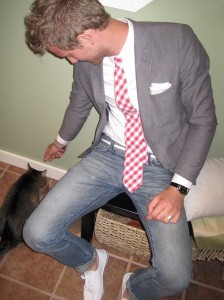
The main thing is not purely classic boots and not
Socks. There can be any options here, even quite bright and with a pattern. Remember with at least one more item in your outfit - for example, a tie. Read more about this. By the way, now there is such a trend that in the summer you don’t have to wear them at all.
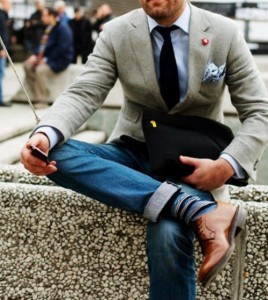
Jeans, chinos. Here I would advise you to be guided by the circumstances and nature of your place of work. A democratic dress code will allow you to wear artificially aged jeans with holes, and even so that your shoes are completely visible. However, in more formal organizations, you will have to abandon this and stick to dark jeans without bright stitching. Chinos, in this case, must have arrows.
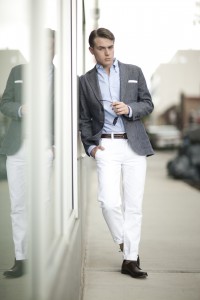
The length should be such that there is one subtle fold at the bottom. If we are talking about winter, then wool pants - great option. Cargo is also a valid option. These are pants with pockets on the sides, like the guy on the right in the photo.
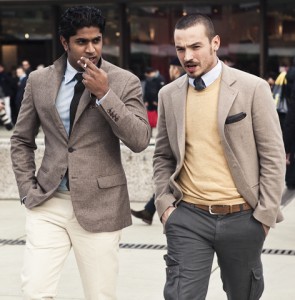
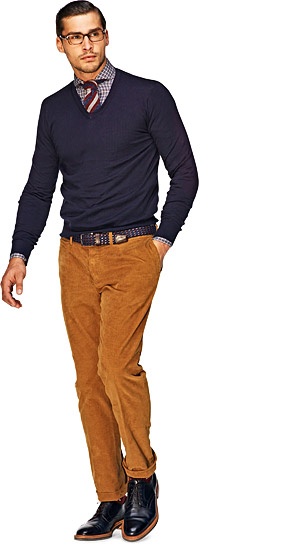
Examples of watches. Not classic or sporty, but something in between.
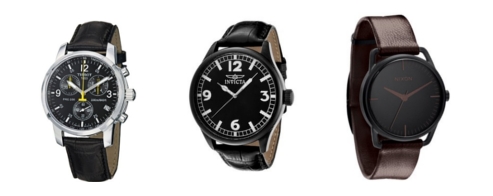
These are, perhaps, the main components - the bricks from which you will build your bright unique image a person with taste. And, of course, do not forget about the elementary truths - the harmony of colors and...
Let's repeat what it is casual style for men. The meaning of this concept is to look presentable and conservative and at the same time expressive and stylish. I think this is the most accurate definition that captures the essence.
You may also be interested in the following articles:
